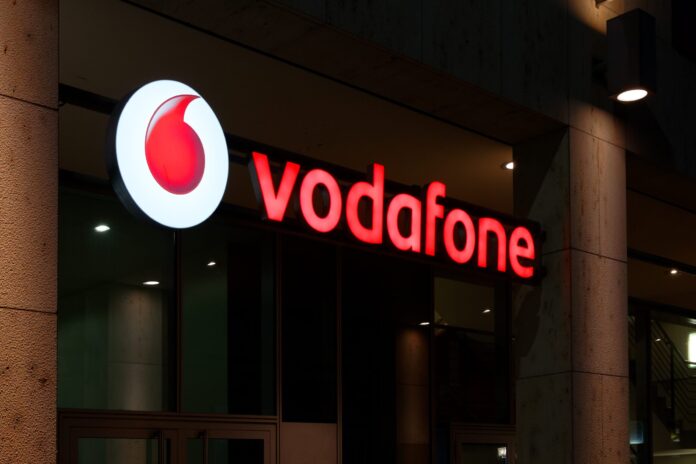As it continues to leverage investments in Standalone 5G, Vodafone today announced a successful lab trial, conducted with Ericsson, of automated creation of a network slice tuned to support virtual reality in a retail environment. According to Vodafone, it took 30 minutes “from placing an order to creation of the network slice to carry live network traffic;” the operator reported the slice “guaranteed” 260 Mbps download speed, 16.5 Mbps upload speed, and 12.4 milliseconds of latency.
This builds on nearly a year of Standalone 5G activity for Vodafone. With network slicing, the company is talking the ability for customization based on service requirements with use cases in the areas of remote working, mobile and cloud gaming, autonomous vehicles, and remote assistance.
Vodafone U.K. Chief Network Officer Andrea Dona said in a statement, “Network slicing is an incredibly valuable step forward. By segmenting our network, and customizing different slices for different requirements, we can bring to life new ideas that would be impossible otherwise. When we configure our network to empower new services, industries like gaming, entertainment and healthcare can enter a new era. What might seem like science fiction is one step closer thanks to network slicing.”
For this trial, Ericsson lent its containerized Standalone 5G core and automated orchestration solution.
In June last year Vodafone U.K. launched a commercial Standalone 5G pilot in London, Manchester and Cardiff, with the goal of testing new features, including network slicing. In this case, Vodafone carved out a virtual network for Coventry University to use for VR-based distance learning. Ericsson was also the key vendor here.
Rather than viewing network slicing as a point solution, Dona said it “complements our investments in multi-access edge computing capabilities, the internet of things, mobile private networks and Open RAN.”
Standalone 5G throughout Europe
Beyond its Standalone 5G activity in the U.K., Vodafone is also active in its German and Spanish markets. In April 2021, Vodafone Germany upgraded 1,000 3.5 GHz sites to connect to its Standalone 5G core. Vendors included Ericsson, Nokia, Qualcomm and OPPO.
In July 2021, Vodafone Spain tapped Ericsson for its pre-commercial Standalone 5G core deployment. Julia Velasco, Vodafone Spain’s network director, called the pilot launch “a critical step towards delivering the full potential of 5G service,” adding that Ericsson’s solution will address those applications that require “the fastest connectivity, highest data rates and lowest latency.”
Vodafone is further working on Standalone 5G in the Czech Republic, Hungary, Ireland, Portugal and Romania.
Voda using VMware Telco Cloud Platform for network slicing orchestration, automation
The real complexity in network slicing lies in multi-domain—core, transport, RAN and edge—orchestration and management of both the network and service or services. For this part, Vodafone is using VMware’s Telco Cloud Platform to manage its Standalone 5G networks with plans to ultimately use the platform across its footprint.
Commenting on the deal in November last year, Vodafone said the telco cloud stack lets it “securely design, build, test and deploy next generation functions 40% more quickly and for half the price.”
Standardizing on Telco Cloud Platform helps Vodafone scale services to meet burgeoning demand, according to CTO Johan Wibergh.
“Having launched the first 5G standalone network in Europe, we are now putting all that power into a single cloud-based platform to simplify operations and rapidly respond to customer’s needs across Europe and Africa. It starts with 5G at the core, but the possibilities are limitless.”
For additional insight and commentary on end-to-end network orchestration and network slicing, read this article: “How is E2E orchestration key to fulfilling the promise of 5G?”

